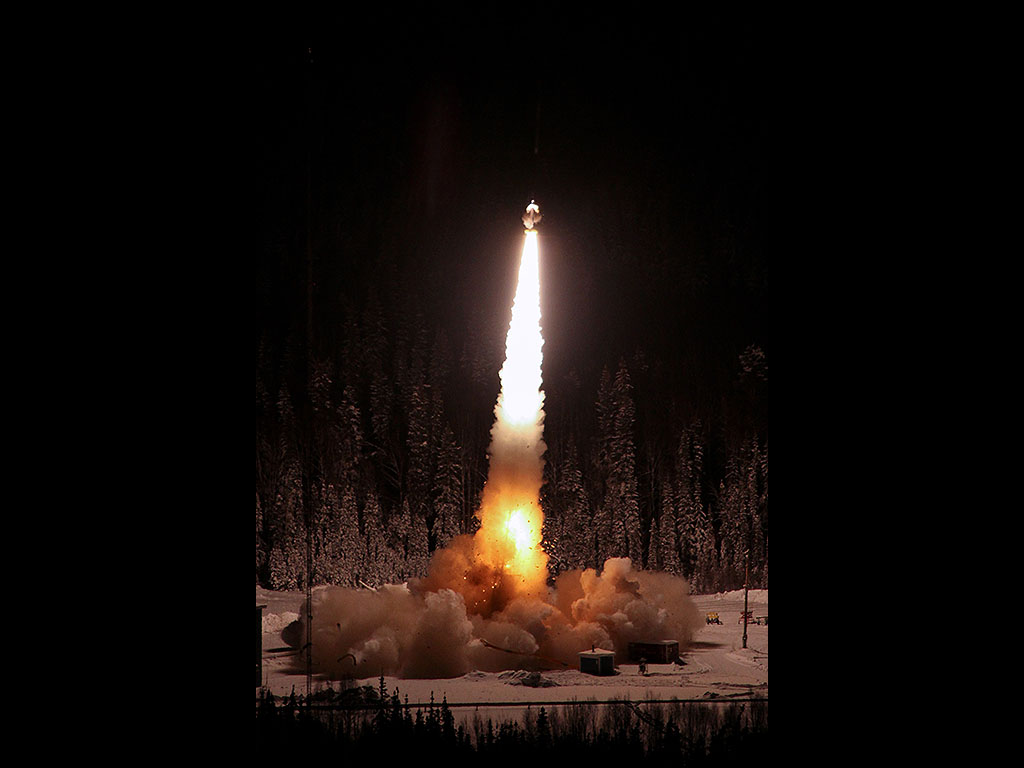Written by Keith Koehler
NASA’s Wallops Flight Facility
 Wallops Island, VA – An experiment to measure nitric oxide in the polar sky was successfully launched on a NASA sounding rocket at 8:45am EST, January 27th, 2017, from the Poker Flat Research Range in Alaska.
Wallops Island, VA – An experiment to measure nitric oxide in the polar sky was successfully launched on a NASA sounding rocket at 8:45am EST, January 27th, 2017, from the Poker Flat Research Range in Alaska.
The Polar Night Nitric Oxide experiment or PolarNOx was launched on a Black Brant IX sounding rocket to an altitude of nearly 176 miles. Preliminary information shows that good data was collected.

Scott Bailey, the principal investigator for PolarNOx from Virginia Tech in Blacksburg, said, “The rocket team did a great job of pointing us at the star and our spectrograph saw it clearly throughout the flight. We got plenty of data to work through.”
Bailey said, “The aurora creates nitric oxide, but in the polar night there is no significant process for destroying the nitric oxide. We believe it builds up to large concentrations. The purpose of our rocket is to measure the abundance and altitude of peak abundance for the nitric oxide.”
“Nitric oxide under appropriate conditions can be transported to the stratosphere where it will catalytically destroy ozone,” Bailey said. Those changes in ozone can lead to changes in stratospheric temperature and wind and may even impact the circulation at Earth’s surface.
PolarNox was the first of five rockets scheduled for launch between January and March from the Poker Flat Research Range operated by the University of Alaska, Fairbanks.
PolarNOX will be followed with the launch of two additional missions that will study the interaction of the solar wind, the magnetosphere, Earth’s upper atmosphere and the structure of the resulting aurora. The magnetosphere is the region of Earth’s magnetic field where solar energy is stored and processed. The release of this energy drives aurora.
The launch window for both missions, which include 2 sounding rockets each, is February 13th through March 3rd.
The five launches from Alaska are supported through NASA’s Sounding Rocket Program at the agency’s Wallops Flight Facility at Wallops Island, Virginia, which is managed by NASA’s Goddard Space Flight Center in Greenbelt, Maryland. NASA’s Heliophysics Division manages the sounding-rocket program for the agency.



